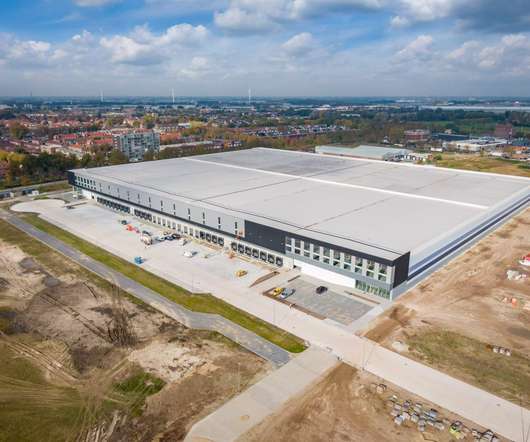Asset Life-cycle Model, Asset Information Model, and Why BIM Won’t Work
Building Information Management
JULY 11, 2016
At the end of there day BIM represents nothing new relative to the efficient life-cycle management of the built environment. Sure, software firms, and folks that love 3D and make a living from it will tell you otherwise, but the simple truth is that BIM, as we now know it, can not and will not survive.






























Let's personalize your content